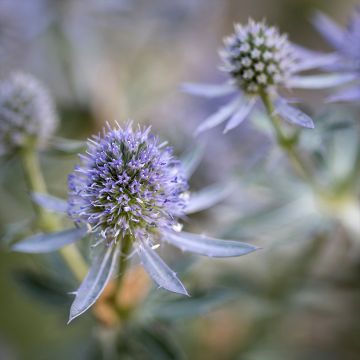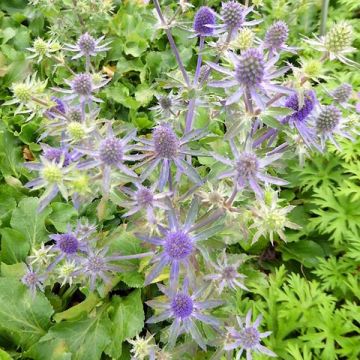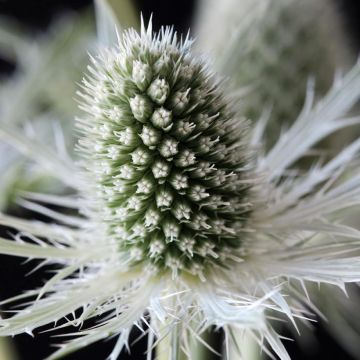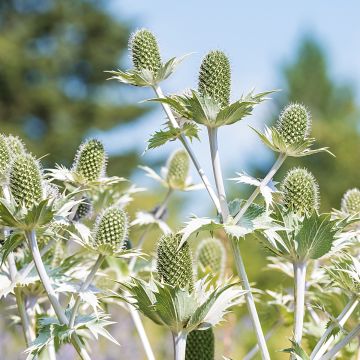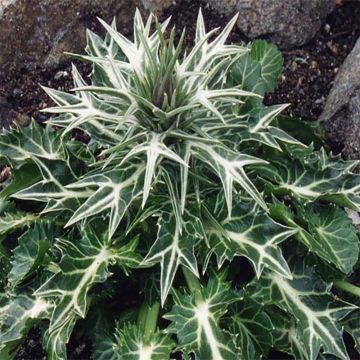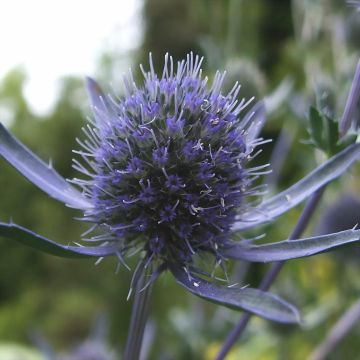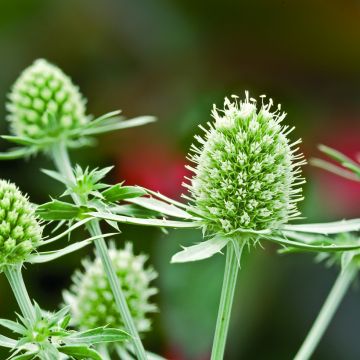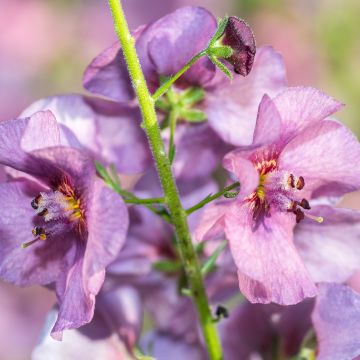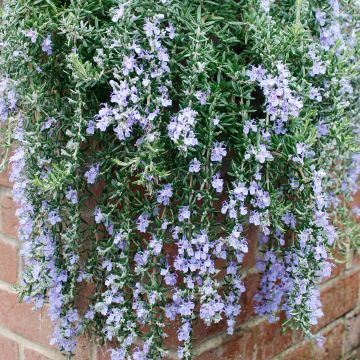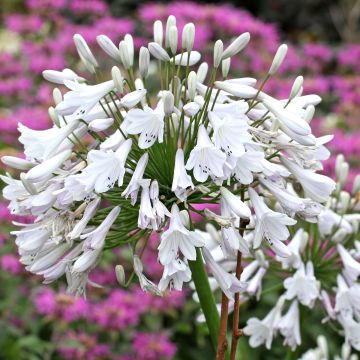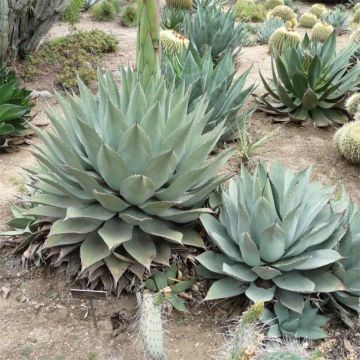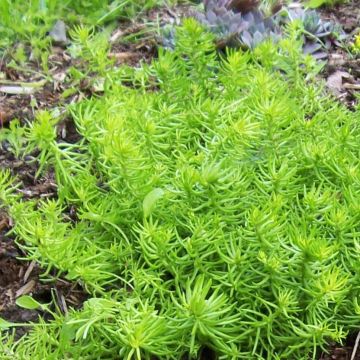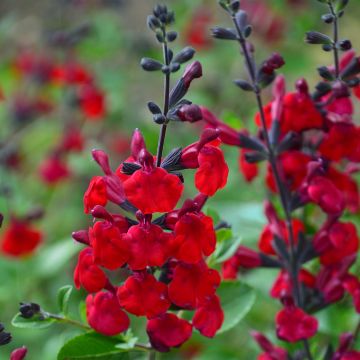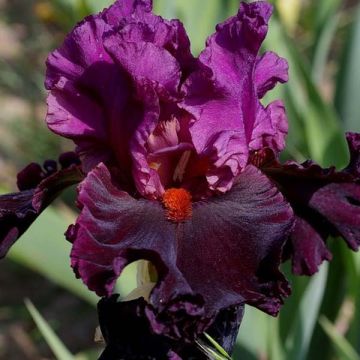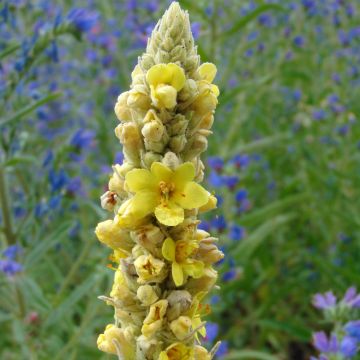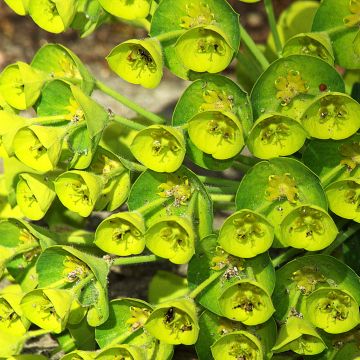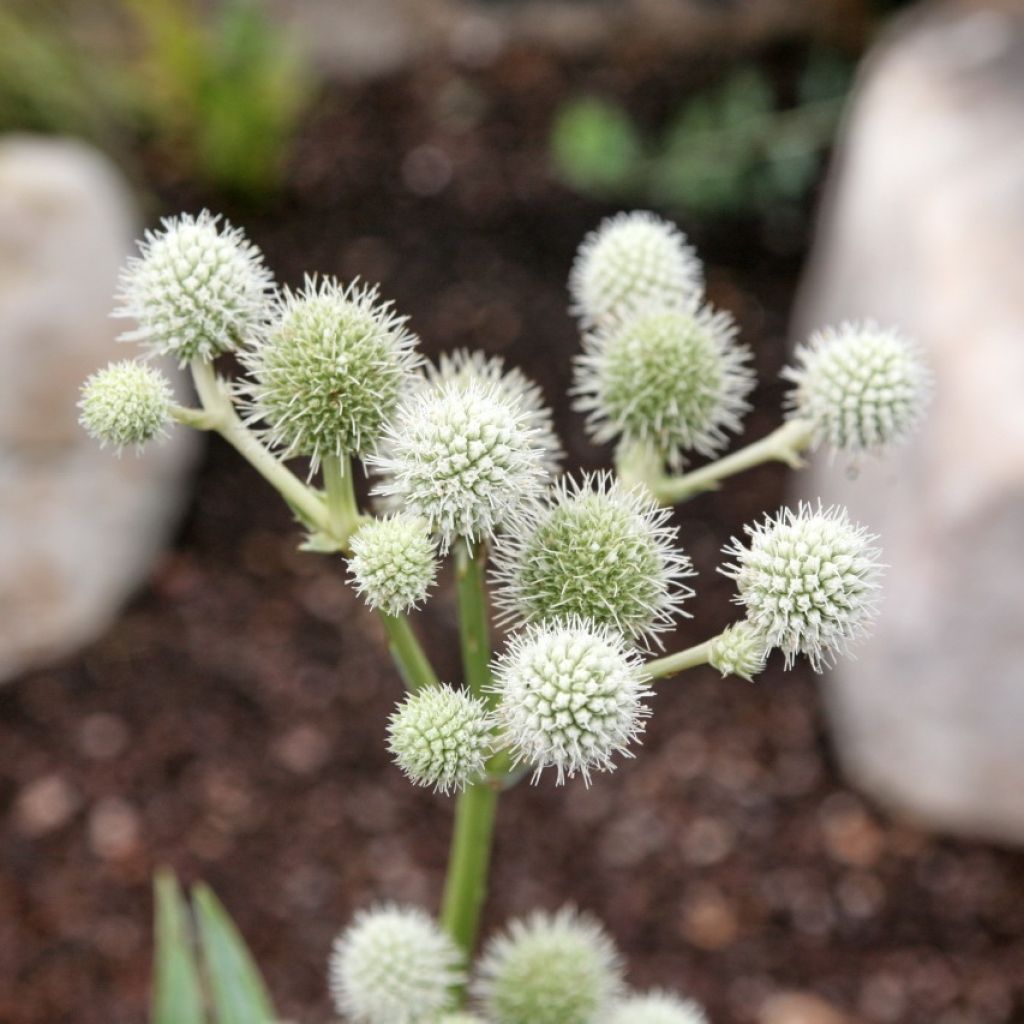

Eryngium yuccifolium
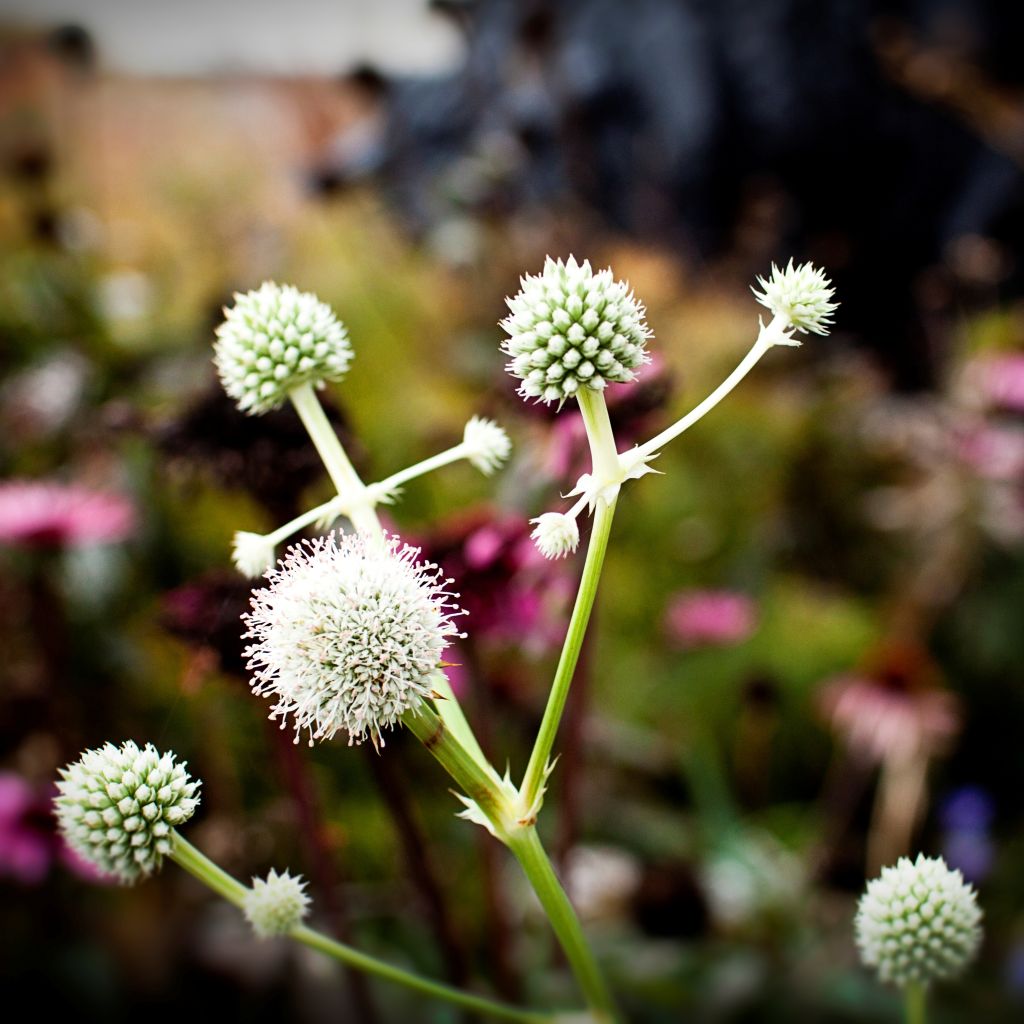

Eryngium yuccifolium
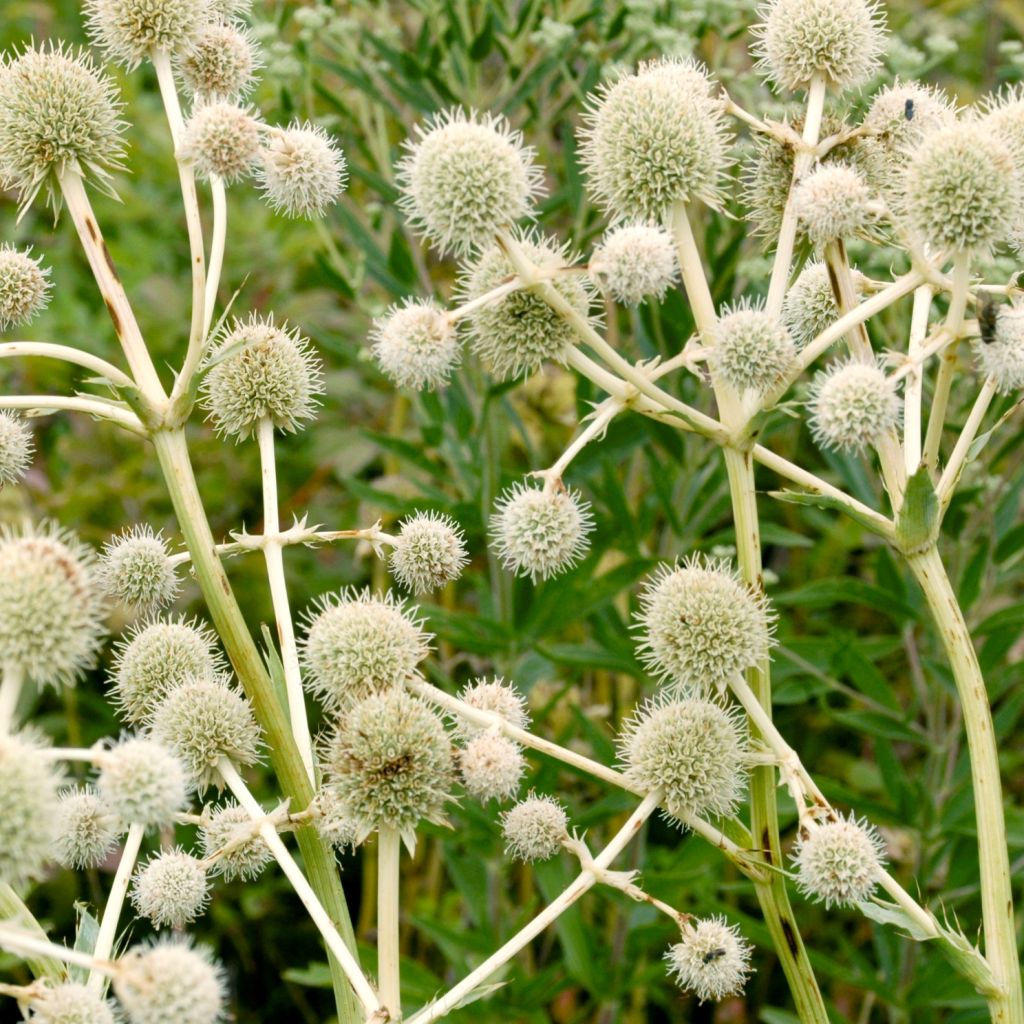

Eryngium yuccifolium
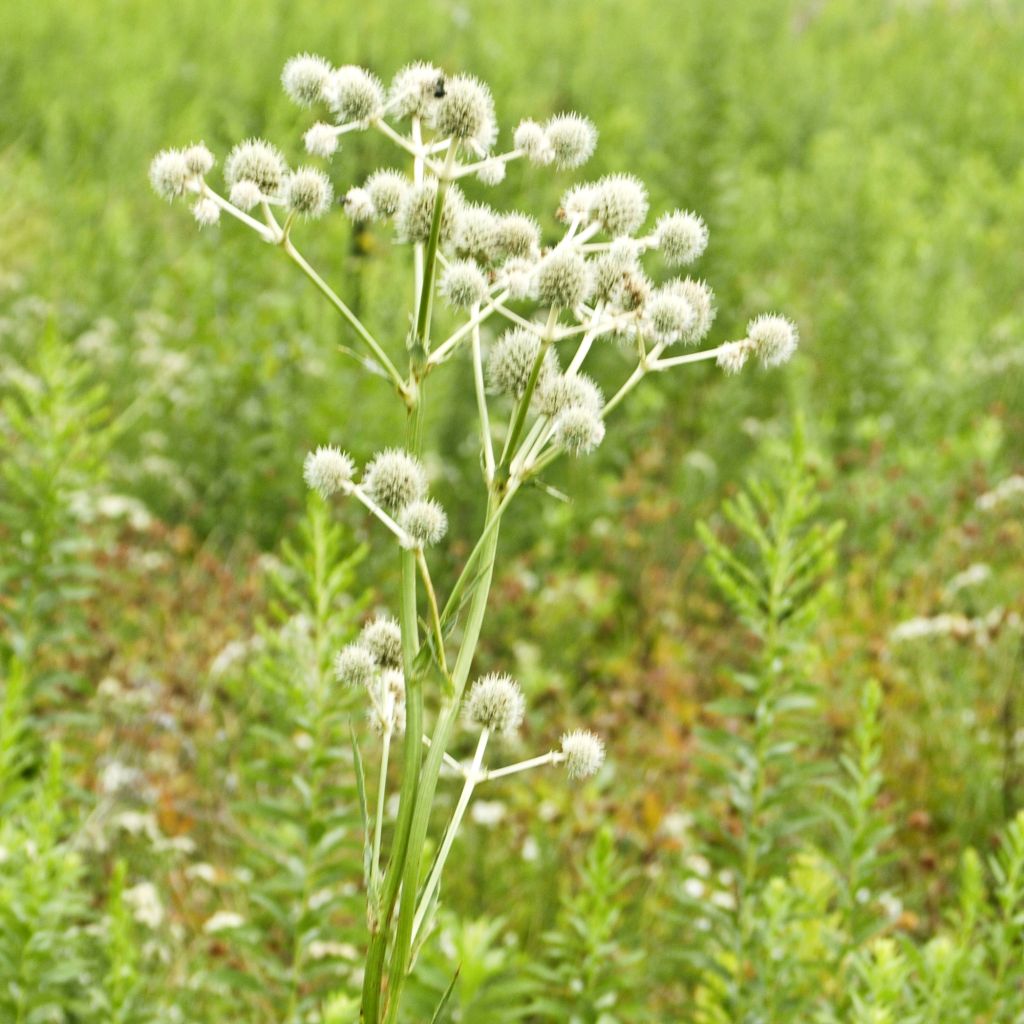

Eryngium yuccifolium
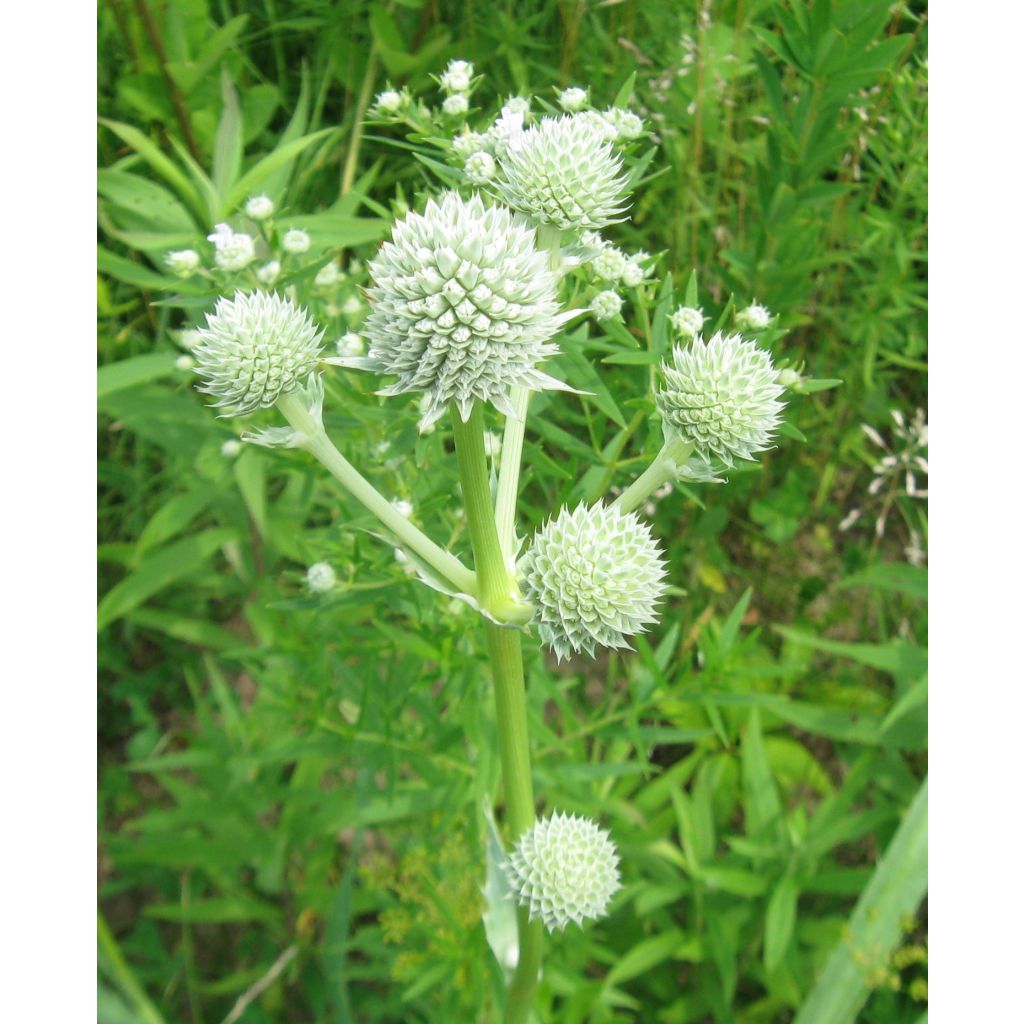

Eryngium yuccifolium
Eryngium yuccifolium
Eryngium yuccifolium
Rattlesnake master, Button eryngo, Button snakeroot, Yuccaleaf eryngo
This item cannot be shipped to the selected country
Delivery charge from €5.90
More information
Schedule delivery date,
and select date in basket
This plant carries a 12 months recovery warranty
More information
We guarantee the quality of our plants for a full growing cycle, and will replace at our expense any plant that fails to recover under normal climatic and planting conditions.
From €5.90 for pickup delivery and €6.90 for home delivery
Express home delivery from €8.90.
Does this plant fit my garden?
Set up your Plantfit profile →
Description
Eryngium yuccifolium is characterised by a rosette of long evergreen leaves resembling the vegetation of a yucca, hence its other name of yucca-leaved eryngo. This tall thistle blooms in summer, with small ovoid flower heads ranging in colour from whitish-grey to bluish-green. With its unusual yet delicate appearance, this perennial sea holly brings volume and charm to sunny flower beds. It thrives in ordinary, well-drained soil, and from moist to dry conditions. It tolerates poor soil.
Eryngium yuccifolium belongs to the Apiaceae family, just like carrots and parsley. It is native to the great plains of the central and eastern United States, being found from Minnesota to Ohio, and further south to Texas and Florida. It is also reported to be present in Connecticut, New Jersey, Maryland, and Delaware.
This herbaceous perennial plant forms a rosette of leaves reaching about 90cm (35in) in height and 60cm (24in) in width. The leaves are evergreen, rigid, linear, elongated, and narrow, ending in a sharp point. Each leaf measures 15 to 90cm (6 to 35in) long and 1 to 3cm (1in) wide, with a margin adorned with hairs and spines. Their bluish-green colour is due to a wax layer. Flowering occurs from July to September, depending on the climate, and lasts nearly two months. Branching stems emerge from the rosette at a height of 1.5m (5ft), well above the foliage. Each stem bears 10 to 40 inflorescences. Each inflorescence is an ovoid head, measuring 1 to 3cm (1in) in diameter and 2 to 4cm (1 to 2in) in length, composed of numerous tiny whitish flowers. Each flower is surrounded by small green and spiny bracts. This flowering attracts many pollinating insects. The seeds of this thistle can self-sow in light soil. The root system of this plant does not appreciate disturbance: it consists of a taproot surrounded by thick and fleshy fibrous roots.
This yucca-like thistle blends well into a contemporary, rustic, or wild setting. This curious plant works wonders in a large rockery with well-drained soil, especially in winter. Its airy and luminous flowering lightens up any other plants in a large sunny flower bed. It looks stunning alongside crocosmia, blue and black spike agastaches (Agastache 'Black Adder'), red oriental poppies, black dahlias, or pink coneflowers. It also pairs well with giant grasses (Panicum virgatum, Miscanthus sinensis), rockroses, lavenders, rosemary, or tall mulleins in drier gardens. Create country-style bouquets with its fresh or dried flowers.
Report an error about the product description
Eryngium yuccifolium in pictures
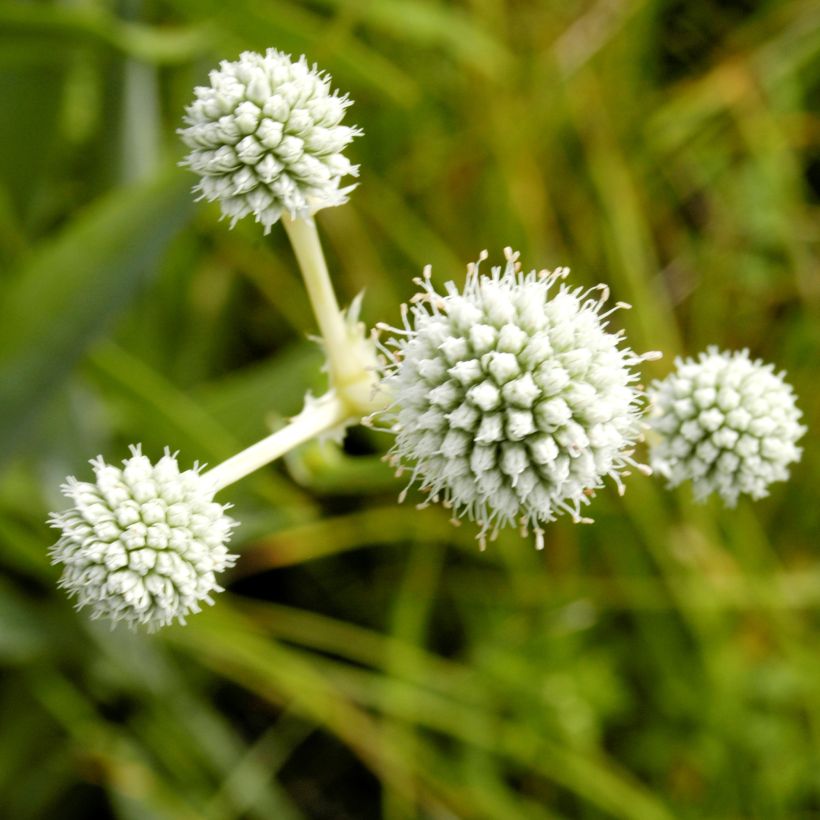

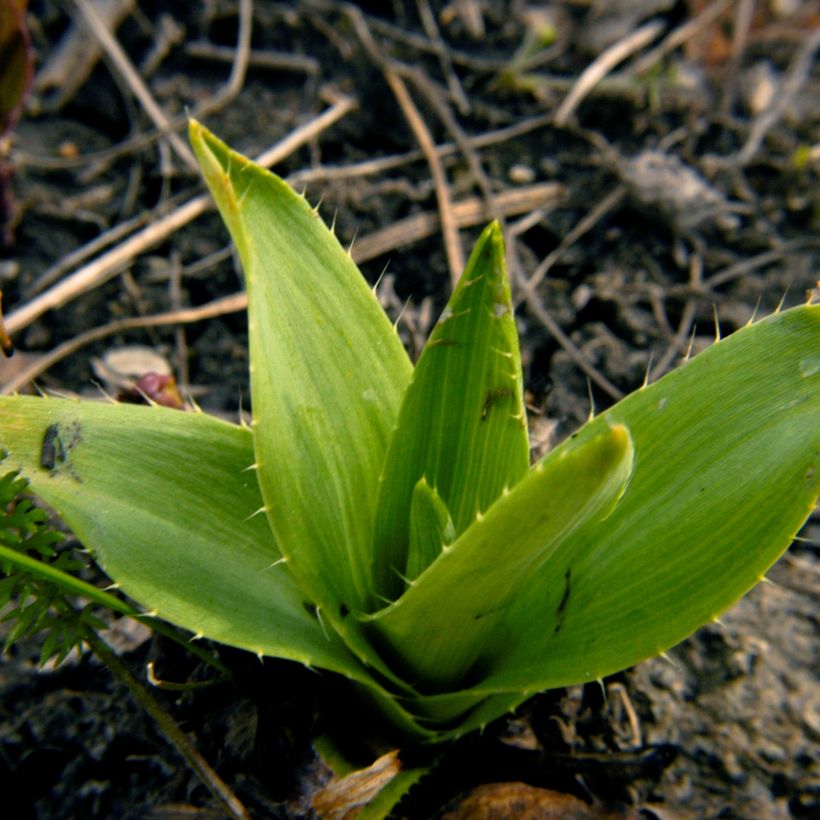

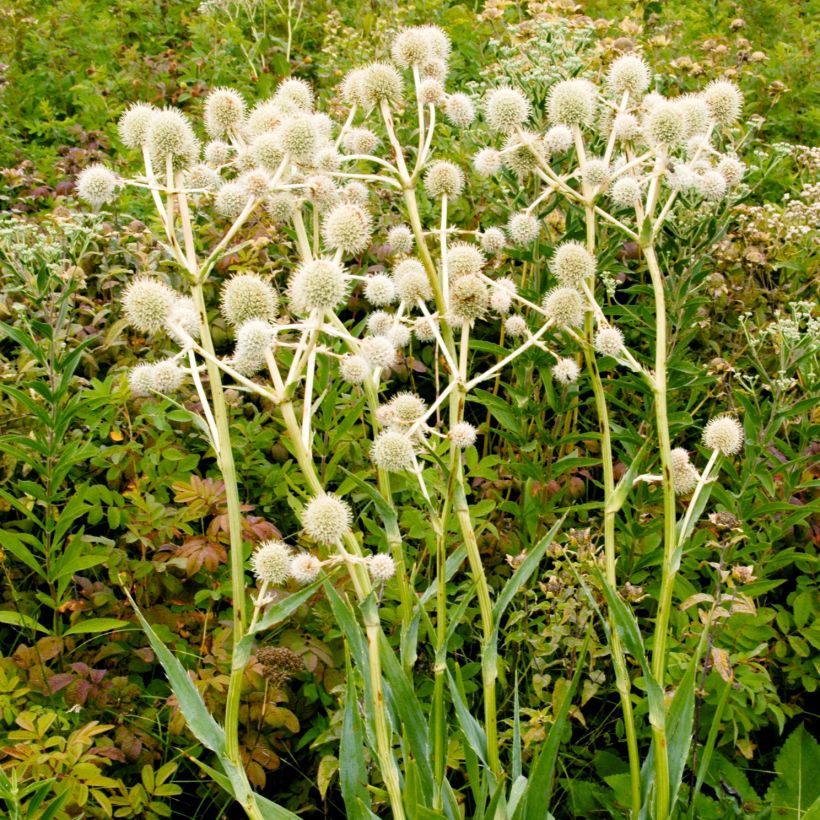

Flowering
Foliage
Plant habit
Botanical data
Eryngium
yuccifolium
Apiaceae
Rattlesnake master, Button eryngo, Button snakeroot, Yuccaleaf eryngo
North America
Other Eryngium - Eryngo
Planting and care
Eryngium yuccifolium requires a very sunny exposure and well-drained soil. While it is extremely hardy, it fears waterlogged soils in winter that can cause its roots to rot. Place it in a large rockery or in a raised and gravel-enriched bed if your soil is heavy and clayey. It will be satisfied with slightly acidic, neutral, or slightly calcareous soil, preferably not too rich to avoid favouring leaf production at the expense of flowering. It appreciates moist soils in summer but is able to withstand moderate periods of drought.
Planting period
Intended location
Care
-
, onOrder confirmed
Reply from on Promesse de fleurs
Mediterranean perennials
Haven't found what you were looking for?
Hardiness is the lowest winter temperature a plant can endure without suffering serious damage or even dying. However, hardiness is affected by location (a sheltered area, such as a patio), protection (winter cover) and soil type (hardiness is improved by well-drained soil).

Photo Sharing Terms & Conditions
In order to encourage gardeners to interact and share their experiences, Promesse de fleurs offers various media enabling content to be uploaded onto its Site - in particular via the ‘Photo sharing’ module.
The User agrees to refrain from:
- Posting any content that is illegal, prejudicial, insulting, racist, inciteful to hatred, revisionist, contrary to public decency, that infringes on privacy or on the privacy rights of third parties, in particular the publicity rights of persons and goods, intellectual property rights, or the right to privacy.
- Submitting content on behalf of a third party;
- Impersonate the identity of a third party and/or publish any personal information about a third party;
In general, the User undertakes to refrain from any unethical behaviour.
All Content (in particular text, comments, files, images, photos, videos, creative works, etc.), which may be subject to property or intellectual property rights, image or other private rights, shall remain the property of the User, subject to the limited rights granted by the terms of the licence granted by Promesse de fleurs as stated below. Users are at liberty to publish or not to publish such Content on the Site, notably via the ‘Photo Sharing’ facility, and accept that this Content shall be made public and freely accessible, notably on the Internet.
Users further acknowledge, undertake to have ,and guarantee that they hold all necessary rights and permissions to publish such material on the Site, in particular with regard to the legislation in force pertaining to any privacy, property, intellectual property, image, or contractual rights, or rights of any other nature. By publishing such Content on the Site, Users acknowledge accepting full liability as publishers of the Content within the meaning of the law, and grant Promesse de fleurs, free of charge, an inclusive, worldwide licence for the said Content for the entire duration of its publication, including all reproduction, representation, up/downloading, displaying, performing, transmission, and storage rights.
Users also grant permission for their name to be linked to the Content and accept that this link may not always be made available.
By engaging in posting material, Users consent to their Content becoming automatically accessible on the Internet, in particular on other sites and/or blogs and/or web pages of the Promesse de fleurs site, including in particular social pages and the Promesse de fleurs catalogue.
Users may secure the removal of entrusted content free of charge by issuing a simple request via our contact form.
The flowering period indicated on our website applies to countries and regions located in USDA zone 8 (France, the United Kingdom, Ireland, the Netherlands, etc.)
It will vary according to where you live:
- In zones 9 to 10 (Italy, Spain, Greece, etc.), flowering will occur about 2 to 4 weeks earlier.
- In zones 6 to 7 (Germany, Poland, Slovenia, and lower mountainous regions), flowering will be delayed by 2 to 3 weeks.
- In zone 5 (Central Europe, Scandinavia), blooming will be delayed by 3 to 5 weeks.
In temperate climates, pruning of spring-flowering shrubs (forsythia, spireas, etc.) should be done just after flowering.
Pruning of summer-flowering shrubs (Indian Lilac, Perovskia, etc.) can be done in winter or spring.
In cold regions as well as with frost-sensitive plants, avoid pruning too early when severe frosts may still occur.
The planting period indicated on our website applies to countries and regions located in USDA zone 8 (France, United Kingdom, Ireland, Netherlands).
It will vary according to where you live:
- In Mediterranean zones (Marseille, Madrid, Milan, etc.), autumn and winter are the best planting periods.
- In continental zones (Strasbourg, Munich, Vienna, etc.), delay planting by 2 to 3 weeks in spring and bring it forward by 2 to 4 weeks in autumn.
- In mountainous regions (the Alps, Pyrenees, Carpathians, etc.), it is best to plant in late spring (May-June) or late summer (August-September).
The harvesting period indicated on our website applies to countries and regions in USDA zone 8 (France, England, Ireland, the Netherlands).
In colder areas (Scandinavia, Poland, Austria...) fruit and vegetable harvests are likely to be delayed by 3-4 weeks.
In warmer areas (Italy, Spain, Greece, etc.), harvesting will probably take place earlier, depending on weather conditions.
The sowing periods indicated on our website apply to countries and regions within USDA Zone 8 (France, UK, Ireland, Netherlands).
In colder areas (Scandinavia, Poland, Austria...), delay any outdoor sowing by 3-4 weeks, or sow under glass.
In warmer climes (Italy, Spain, Greece, etc.), bring outdoor sowing forward by a few weeks.

































